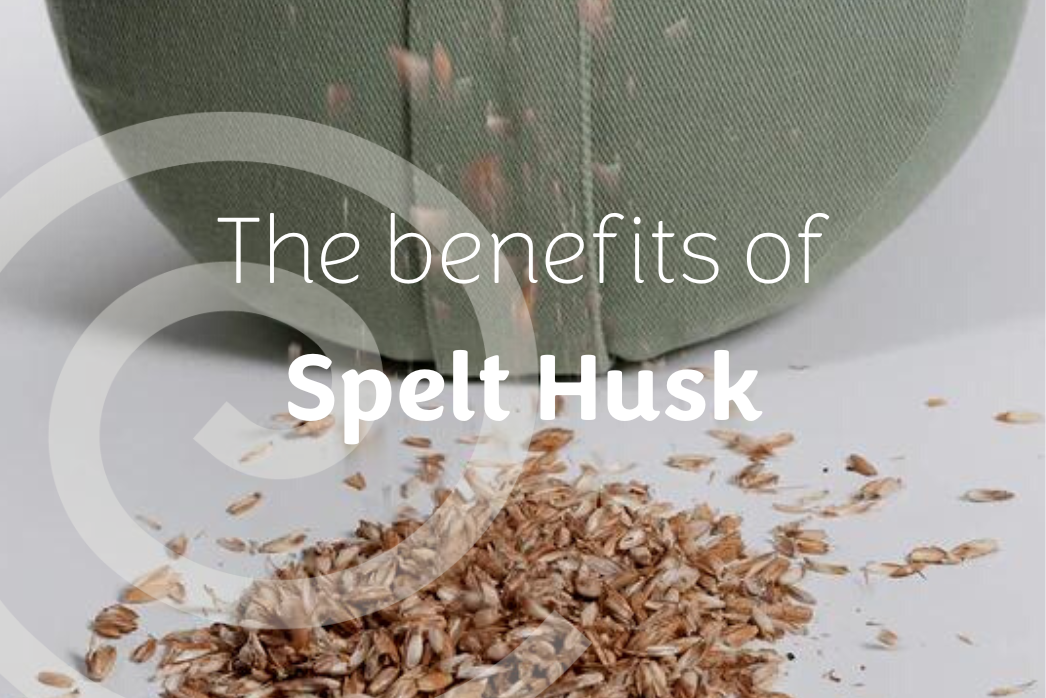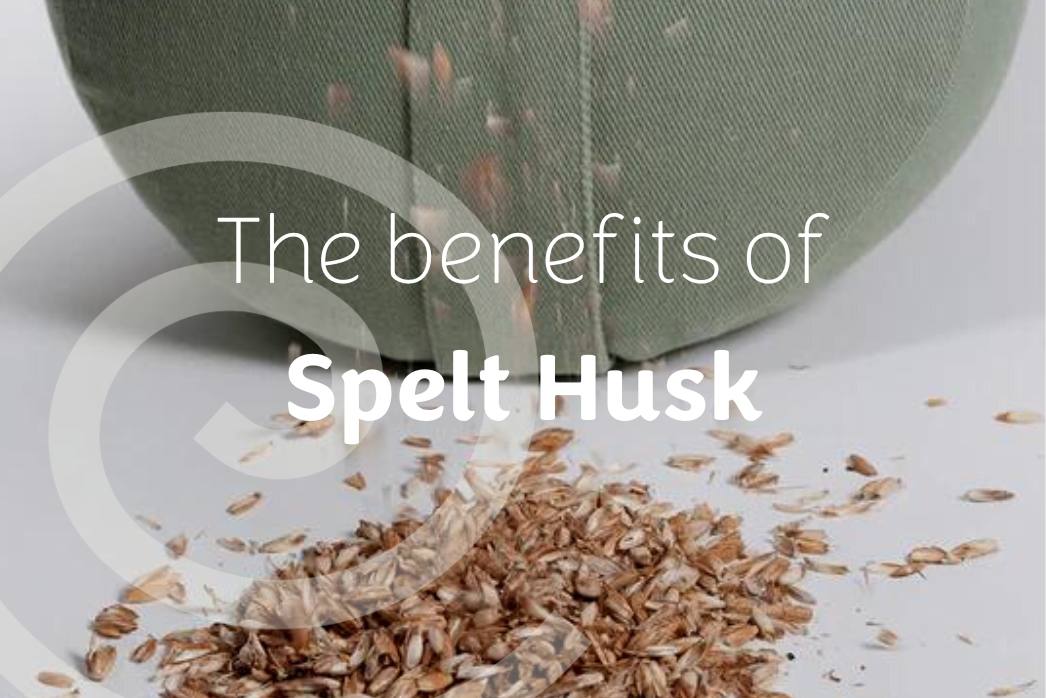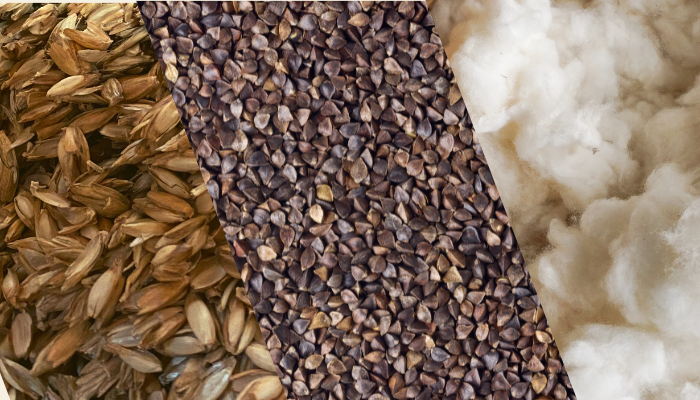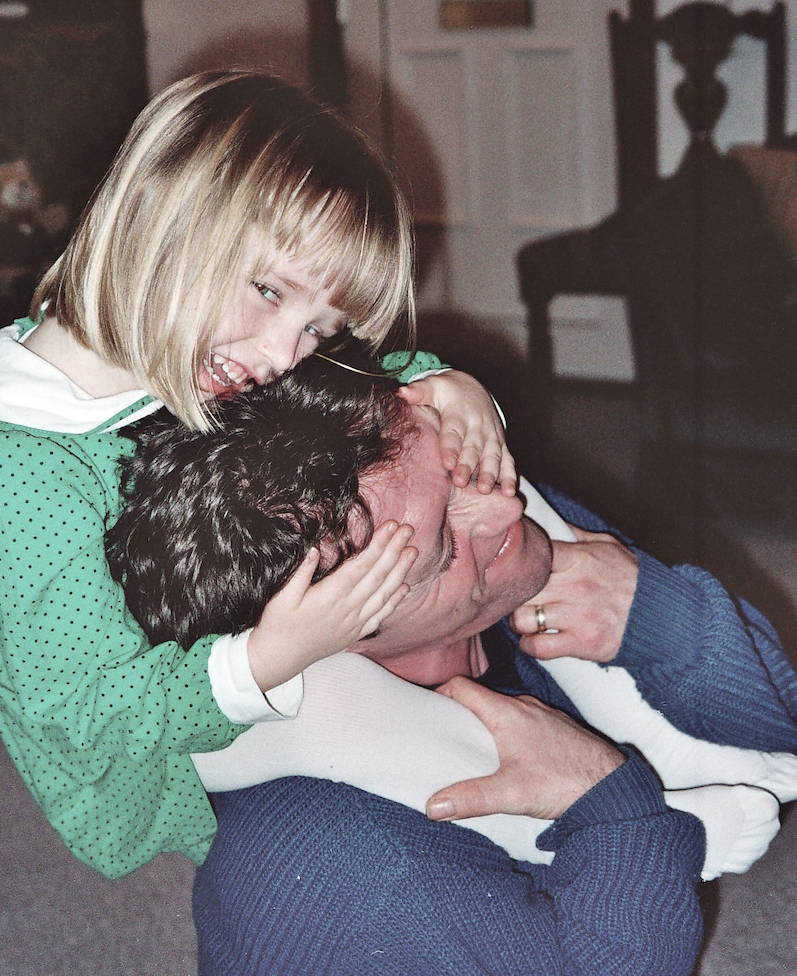The Trouble with Foam Blocks

The Trouble with Foam Yoga Blocks
We love using foam props, and they definitely enhance our practice. But, as an eco-minded company, doing our best to avoid a greenwashing - we are hitting a bit of a wall with this particular group of products!
We stock 50% recycled EVA foam bricks and blocks. We do not cling wrap our foam, like many suppliers. There is no single-use plastic packaging waste. But despite these changes, foam props are still frustratingly unsustainable.
Then why do we stock it?
Our internal dialogue -"Because our customers want it, our customers are familiar with it, and if we did not stock it they would not understand why and shop elsewhere. We would go out of business."
Did you know? It is difficult, all but impossible, to source foam products anywhere outside of East Asia - although we are trying.
There is a demand for foam yoga props, and they are a valued part of a yoga teacher's toolkit. What did teachers use before? Wood, bamboo, cork. Why did we start using foam? Because it was marketed to us. It is softer, it is cheaper. They told us it was non-toxic. But does it cost us less?
The environmental cost
Foam is a plastic paste (crude oil in origin) that is 'blown' using chemical gases, it is largely air. These blocks of plastic puffed up with gas, travel to us in shipping containers halfway around the globe.
The human cost
Plastics are not good for us, we're hearing this more and more. Plastics are in the air, our food, within us - they interfere with our immune systems and our hormones. EVA foam was once considered a non-toxic plastic, and one of the kinder and safer materials to use. As always, science has caught up and in some instances, it may be toxic. Google formamide and EVA foam.
The financial cost
Rising shipping rates will soon mean your foam block will cost the same as a cork block. Container rates have exploded. This time last year, it would cost us $1600 to import a container of foam blocks. This year, it will cost us $16000. Yes, you read that correctly! And these rates are not going down anytime soon.
Yoga existed before foam... What are we doing? What is your yoga practice worth?
A piece of 'plastic + air' sails halfway around the world, for the sake of our yoga practice. Is our comfort and colour preference worth this? Do you want that sacrificed from our planet?
Help us decide, and tell us what you want! We're giving away FIVE cork prop kits (cork block, cork brick, organic cotton strap.) For a chance to win, please take two minutes to complete our foam opinion poll. We'd really love to hear your thoughts!










Hi I have used my foam blocks for years for yoga, last year I was ordering from you and added a couple of cork blocks. Yes they are a wee bit heavier and harder than the foam but I go for the cork every time. The foam ones prop up my computer for zoom yoga calls. Very happy with cork blocks especially when you put the costs into perspective and the science. Thank you. Pat.
I started doing yoga with YouTube videos during the first lockdown in March 2020. So when l ordered blocks as props l did not know there were alternatives to foam. Since restrictions lifted l now attend my local yoga studio, where they have your beautiful cork blocks, having used them there is no comparison.
The cork aesthetically feel both ergonomic and organic, their heavier weight gives more stability and strength.
I immediately switched and invested in Ekotex cork blocks.
Your stock are pieces of art in motion.
Foam is not the way forward.
I’m staggered at the rise in shipping costs, it’s almost as if serendipity is telling you to stop being wasteful and unproductive?!
Only use foam because they have always been used. Thank you for reminding me to always question. It is so obvious now and will always go for alternative.
Hi Abbie,
So great you’re thinking deeply about plastic use! We should really move away from plastics as much as possible. I’m sure we will get used to using alternatives and as we stop the demand for foam blocks, it will eventually lead more innovation using natural materials which won’t cause irreversible damage to both the environment and the health of all creatures, including us:) I’m happy to change to cork!
Hello Abbie,
I was given my foam blocks as a Christmas present a few years ago and although I realised they were basically plastic they work well as yoga props and I imagine will last for years. If I was buying my own blocks now though, I’d definitely choose cork and wouldn’t mind at all about the colour, softness etc.
I should think that like me, these days people are considering the sustainability of the products they buy so I would hope that it would work for your business to stop selling foam blocks. I do wish you well with these difficult decisions. In a zoom chat with other members of my yoga class recently I was asked about my bolster so I happily recommended Ekotex as an environmentally friendly UK company and said how pleased I am with the bolster I bought from you.
Best wishes,
Gillian
Leave a comment